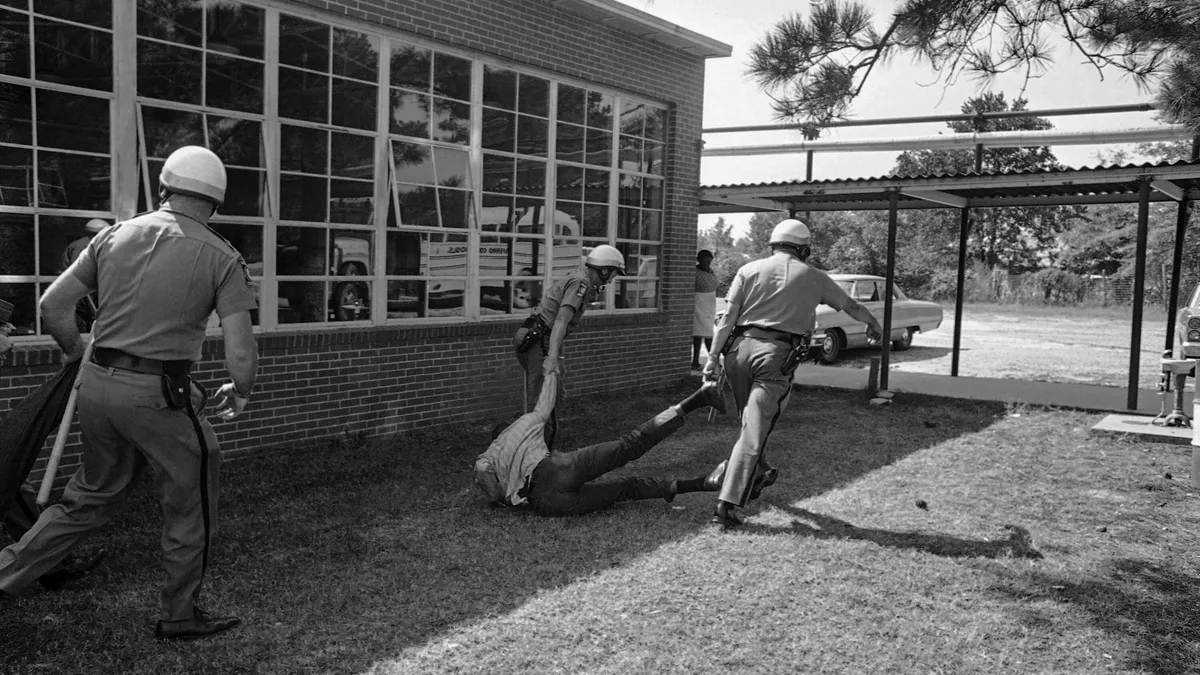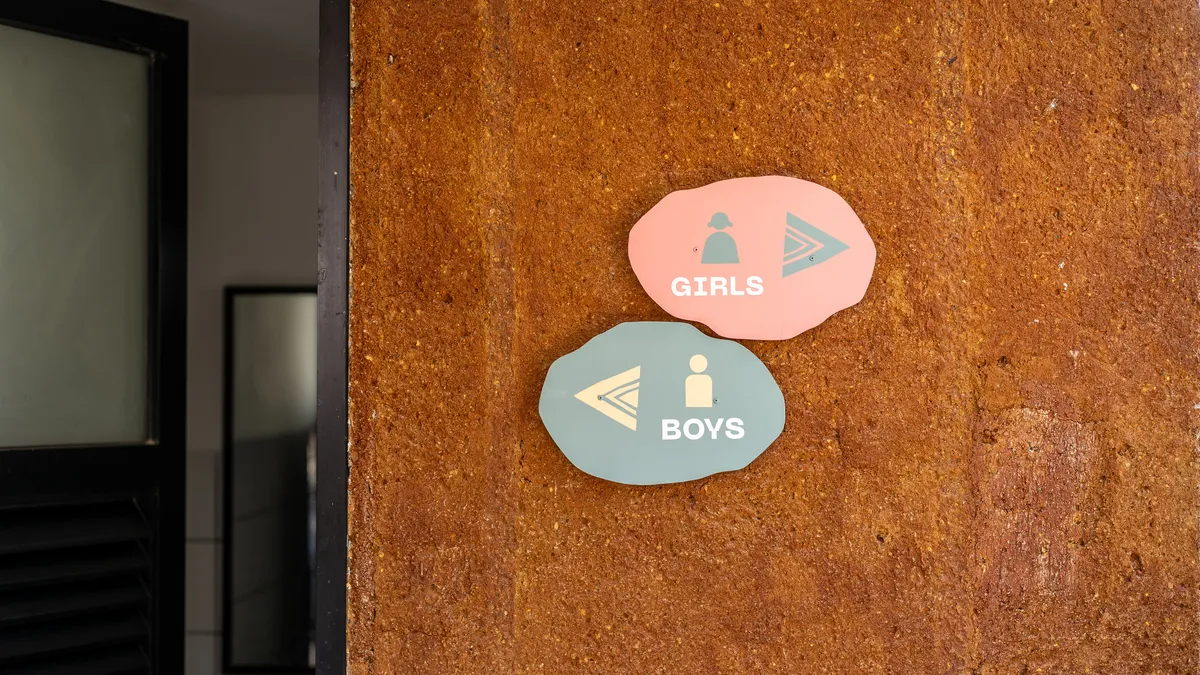Dive Brief:
- Some kindergarten classrooms are pushing away from recent trends of making the year overly academic, instead focusing on ways to incorporate play throughout the day, The New York Times reports.
- More rigorous standards like Common Core have played a role in the over-academization of kindergarten. According to The New York Times, students in the grade are now doing what was once taught in first or second grade, leading to playtime being nixed.
- Changes in curriculum requirements and the emphasis on high-stakes testing have also meant that many schools have dropped their art and physical education courses. A University of Virginia study of federal kindergarten teacher surveys from 1998 to 2010 saw massive declines in these classes.
Dive Insight:
When the researchers at UVA began digging into art and PE offerings, they found that low-income students were typically the first and most likely to see their extracurriculars taken away. This of course shows the unintended, but deeply unfair and negative, side of much of the accountability and rigor added by legislation such as No Child Left Behind. While it was created to hold schools accountable for the achievement gap and keep data on where various demographics stand academically, it also meant that many schools cut the fat, so to say, and got rid of PE and arts programming so they could focus exclusively on the academics that would be tested.
There is also the question of whether or not the Common Core standards are even suitable to students at this age.










